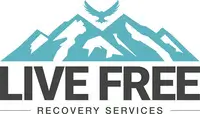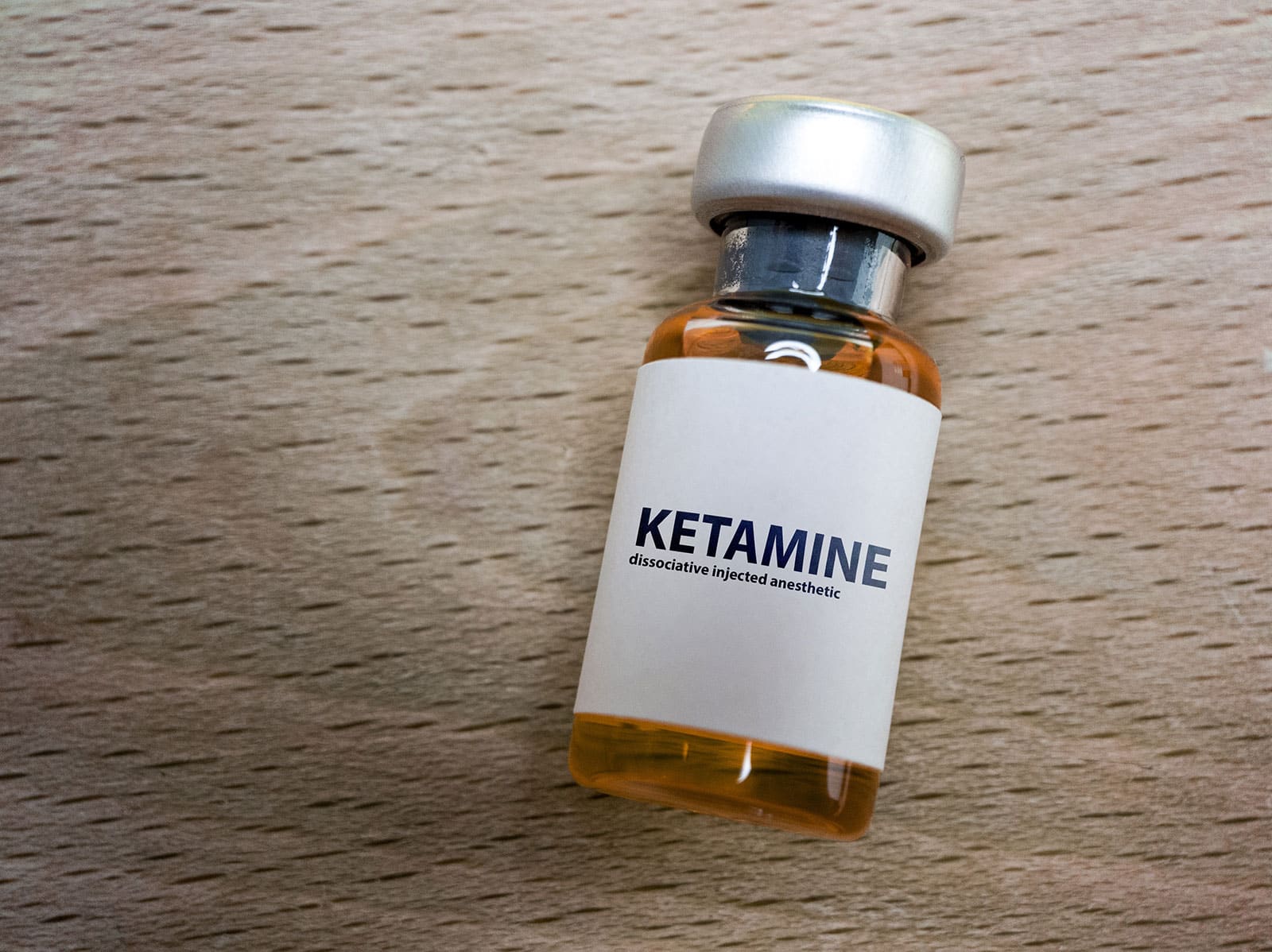Because ketamine has legal uses, it is produced commercially in a number of countries. However, it is considered a Schedule III drug because of its potential to be misused. If someone takes ketamine on a recreational basis, it can lead to a psychological dependence. While it was originally used as an anesthetic, it has had multiple legal and recreational uses over the years.
Illicit Ketamine: Where It Comes From
Ketamine production is legally carried out in many countries around the world, including the United States. However, illicit ketamine often originates from these legal sources. The use of ketamine in the medical and veterinary fields means that it can sometimes be stolen or diverted for illegal distribution. For example, veterinary clinics use ketamine hydrochloride to treat animals, and because these clinics don’t treat people, there is often less oversight over their prescriptions.
In some cases, illicit ketamine is smuggled into the United States from other countries, with Mexico being a common source. Once inside the U.S., the drug is distributed, though street sales are uncommon. Instead, ketamine is typically sold at nightclubs, raves, or parties, where users seek out the dissociative effects of ketamine. While ketamine’s effects are sometimes used in controlled medical environments, such as ketamine infusion therapy for depression or pain management, the illicit market can pose significant risks to users.
Understanding the differences between ketamine treatment in a medical setting and its illegal counterpart is crucial, as misuse can lead to harmful consequences.
Locations: Where Ketamine is produced
Ketamine is primarily produced in laboratories in countries with strong pharmaceutical industries. The largest legal producers include:
- China and India – These countries are major global suppliers of generic drugs, including ketamine, for both medical and veterinary use.
- United States – Ketamine is produced legally for medical use, particularly for anesthetic and mental health treatments.
- Belgium – Ketamine was first synthesized by a Belgian company, Parke-Davis, in the 1960s, and the country remains a producer.
Illegal production of ketamine also occurs, often in unregulated labs, particularly in East and Southeast Asia.
The Development of Ketamine
In 1962, Calvin Stevens synthesized ketamine. At the time, he was working as a chemistry professor at Wayne State University and doing consulting work for Parke-Davis.
Initially, ketamine was called CI-581. It was tested on animals to see what would happen and how they would tolerate it. After the initial research was successful, the drug was tested on prisoners. Scientists quickly discovered that ketamine’s low behavioral toxicity and short half-life made it a good anesthetic.
One of the major reasons scientists liked ketamine was because it could be used in place of phencyclidine (PCP) during surgical procedures. During the 1960s and 1970s, scientists were quickly discovering that PCP was not a suitable anesthetic. When given to a patient, PCP would increase their respiratory rate, blood pressure, and agitation.
When scientists realized PCP wasn’t a good anesthesia, they started testing related compounds to find a better option. Ketamine was quickly discovered to be a better anesthetic. It could consistently produce amnesia and a cataleptic state in patients. While using ketamine, patients were numb to pain.
However, the drug still had some drawbacks. One out of three patients in the study had negative side effects. For example, many patients felt like they had no feeling in their limbs. Many patients reported feeling like they were floating in outer space. Because of this particular effect, ketamine was known as a dissociative anesthetic.
In 1970, the Food and Drug Administration (FDA) approved ketamine for prescription use. Across the Pacific Ocean, it became a popular type of anesthesia for American soldiers who were serving in the Vietnam War.
Ketamine in Medical Use
Today, ketamine is still used for medical purposes. It is primarily prescribed as a surgical anesthetic. However, it may also be used for pain management and depression.
When used for depression, it is typically prescribed in low doses. Interestingly, doctors realized it could treat depression by accident. After surgical procedures, they noticed that many patients had an improved mood. Eventually, these observations led to research studies that showed low doses of ketamine could help patients who have depression.
Typically, doctors give a patient ketamine before a procedure to put the patient to sleep. Then, the patient will remain in this state during the entire procedure. Because ketamine interferes with memory encoding, people generally don’t have any memories from the surgery.
Risks of Illicit Ketamine Use
Ketamine is a dissociative anesthetic, so people take this drug for its hallucinogenic and calming effects. After taking ketamine, the individual may feel the drug’s effects in just a few minutes. The amount consumed and the individual’s body chemistry can determine what these effects are like. Normally, the acute effects last for just a few hours. In some cases, they can continue for a couple of days.
Short-Term Effects
When someone consumes relatively small doses, they may experience the following symptoms.
- High blood pressure
- Increased respiratory rate and heart rate
- Dizziness
- Feeling detached from yourself or your environment
- Higher body temperature
- Vomiting and nausea
- Loss of motor coordination and disorientation
If someone takes a high dose of ketamine at the same time as they take another drug, it can lead to potentially dangerous side effects. For instance, taking alcohol and ketamine at the same time can cause respiratory depression. In some cases, this respiratory depression can even result in death.
Long-Term Effects
If someone uses ketamine over the long run, they will likely develop tolerance and physical dependence on the drug. After quitting, they may develop withdrawal symptoms. Many people experience extreme fatigue, drug cravings, and depression when they quit using.
Some research also shows that long-term ketamine abuse can cause structural and functional changes in the brain. Memory impairments are common among chronic users. Additionally, there may be issues with executive functioning.
Additional Dangers
It is important to note that street ketamine is rarely sold in a pure form. In recent years, ketamine’s chemical structure, derived from cyclohexanone and classified under arylcyclohexylamines, has made it a popular recreational drug. Normally, in medical settings, ketamine is used in liquid form for intravenous or intramuscular administration, producing rapid onset effects. To convert it into a powdered form, it is often heated in a microwave or similar device until it forms a glass-like substance, which is then ground into powder.
Once ketamine is in this powdered form, it can be mixed with other substances, such as fentanyl or even other controlled substances, significantly increasing the risk of an overdose. This adulteration poses serious dangers, as the dissociative effects of ketamine, which act as an NMDA receptor antagonist by blocking the glutamate neurotransmitter, can become unpredictable and unsafe.
In medical contexts, ketamine is sometimes used as an analgesic because of its ability to modulate opioid receptors and provide analgesia, particularly for patients with post-traumatic stress disorder or mental health disorders like bipolar disorder. However, outside of controlled environments, the risk of adverse effects, including dangerous interactions with opioids or other substances, increases dramatically.
Seeking Help for Ketamine Addiction
If you are struggling with a ketamine addiction, you aren’t alone. Over time, ketamine misuse can lead to a tolerance. This means that the individual has to take more of the drug to achieve the same effects. Unfortunately, this increases the physical, mental, financial, and social impact of drug abuse.
Fortunately, you don’t have to get help for your substance use disorder on your own. At Live Free Recovery Services, you can start your journey toward addiction recovery in a safe, supportive environment. The right treatment program depends on your personal needs. For example, many people benefit from the following treatment options.
- Inpatient treatment: Inpatient treatment involves 24/7 supervision at the treatment center. Because you remain at the center all day and night, you can’t relapse. Additionally, inpatient treatment involves extra therapy programs and a higher intensity of care.
- Partial hospitalization program: Partial hospitalization programs are a step below inpatient programs. You don’t have to stay at the treatment center all the time, but you will most likely be there for five to eight hours a day. Depending on the program, you may have to go to therapy five to seven days a week.
- Co-occurring disorders: Substance use disorders are often fueled by coexisting illnesses, like depression or chronic pain. To avoid a relapse, it’s important to get treatment for co-occurring disorders during the detox and rehab process.
- Outpatient treatment: Outpatient treatment is less intensive than inpatient treatment. While you will still receive therapy and support, you can go home to sleep at night. It involves fewer hours than partial hospitalization programs.
- Intensive outpatient program: Intensive outpatient programs are less intensive than a partial hospitalization program, but they require a larger time commitment than an outpatient program.
- Relapse prevention program: After treatment is complete, a relapse prevention program helps people stay sober as they integrate back into normal life.
Get Help for Your Substance Use Disorder
No one decides to develop a substance use disorder. One day, you may wake up and realize that you can’t stop using, especially if higher doses are needed to avoid withdrawal symptoms. When this happens, you don’t have to become sober on your own.
At Live Free Recovery Services, you can get around-the-clock support as you begin your recovery journey. Whether you’re dealing with addiction or treatment-resistant depression, our team offers comprehensive care, including medication-assisted treatment (MAT) and intensive outpatient programs. Our programs are designed in medical settings and led by healthcare professionals to ensure the highest level of care. With options grounded in proven methods and informed by clinical trials, we’re here to help you every step of the way. To learn more, reach out to our team of addiction specialists today.


